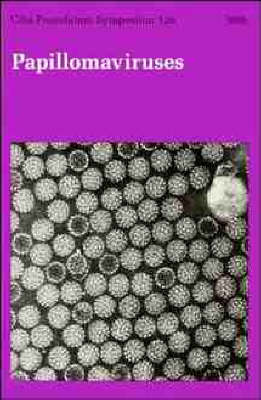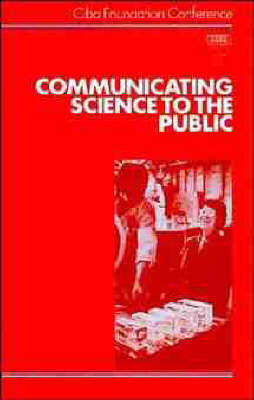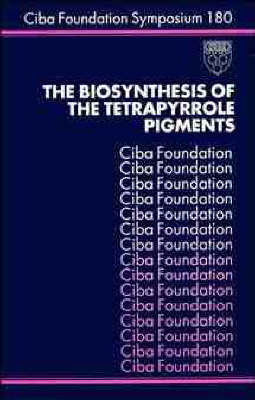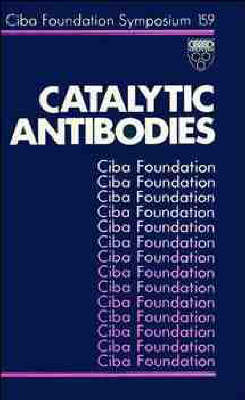Ciba Foundation Symposium
12 primary works • 35 total works
The potential of both vaccines and interferon in preventing or treating such disorders is also assessed. It is stressed throughout that problems remain in establishing the oncogenicity of papillomaviruses and evaluating the possible roles of cocarcinogens and immunosuppression, and that despite improved methods for diagnosing infection there is still much to be learnt about the natural history of the viruses.
Cyanide Compounds in Biology
by Ciba Foundation Symposium, David Evered, Sarah F Garnety, and Foundation Symposium Ciba
The storage granules of mast cells, and the granules of cytotoxic NK (natural killer) cells, also contain proteoglycans; their function and fate in mast cell exocytosis and in the killing of tumour and other cells is being actively investigated, as reported here. Proteoglycans are immensely varied but already, molecular biological studies of their protein cores suggest that a relatively small number of major gene families may exist within this heterogeneous, multifunctional and fascinating group of molecules. Proteoglycans are major components of the extracellular matrix of connective tissues and also occur in cell surfaces, as mediators of cell attachment. Other proteoglycans are found in basement membranes and in the granules of mast cells and cytotoxic natural killer cells. The symposium emphasizes the structural and functional diversity of these fascinating macromolecules.
Applications of Plant Cell and Tissue Culture
by Ciba Foundation Symposium
Cell and Molecular Biology of Vertebrate Hard Tissues
by Ciba Foundation Symposium
Postimplantation Development in the Mouse
by Ciba Foundation Symposium, Foundation Ciba, Foundation Caba, and Derek J Chadwick
v. 180
Topics covered include the early biosynthetic steps to 5-aminolaevulinic acid, the subsequent transformations leading to uroporhyrinogen III, and the elaboration of the side chains. Studies of chlorophyll biosynthesis, of recently identified novel haems from bacteria and of coenzyme F430, a nickel-containing porphinoid involved in methanogenesis, are described. The biosynthesis of open-chain tetrapyrroles in plants, algae and cyanobacteria is also outlined. The book ends with a detailed exploration of current knowledge of the genetics and enzymology of the biosynthetic pathway leading to vitamin B12, and of the synthesis, isolation and structural determination of intermediates along this pathway. Related Ciba Foundation Symposia: No. 158 Host - guest molecular interactions: from chemistry to biology Chairman: I.O. Sutherland 1991 ISBN 0 471 92958 1 No. 161 Protein conformation Chairman: F.M. Richards 1991 ISBN 0 471 92969 7 No. 171 Secondary metabolites: their function and evolution Chairman: J. Davies 1992 ISBN 0 471 93447 X
v. 159
Expression of the antigen-binding portions of antibodies in bacteria will facilitate screening, either for binding activity or directly for catalysis. Interest is also focused on ways to introduce reactive groups, such as metal ions, into the binding site of antibodies to increase the rate of catalysis. As well as their potential commercial applications, particularly to catalyse reactions for which there are no known enzymes, antibodies promise to provide valuable insight into the detailed mechanisms of biological catalysis and organic chemistry. Related Ciba Foundation Symposia: No 119 Synthetic peptides as antigens Chairman: G.L. Ada 1986 ISBN 0 471 91203 4 No 158 Host - guest molecular interactions: from chemistry to biology Chairman: I.O. Sutherland 1991 ISBN 0 471 92958 1 No 161 Protein conformation Chairman: F. Richards 1991 ISBN 0 471 92969 7






